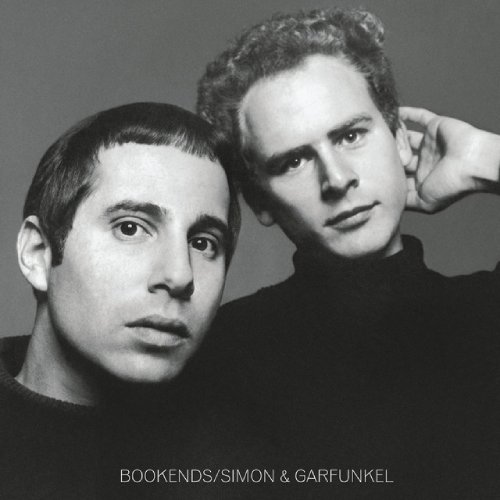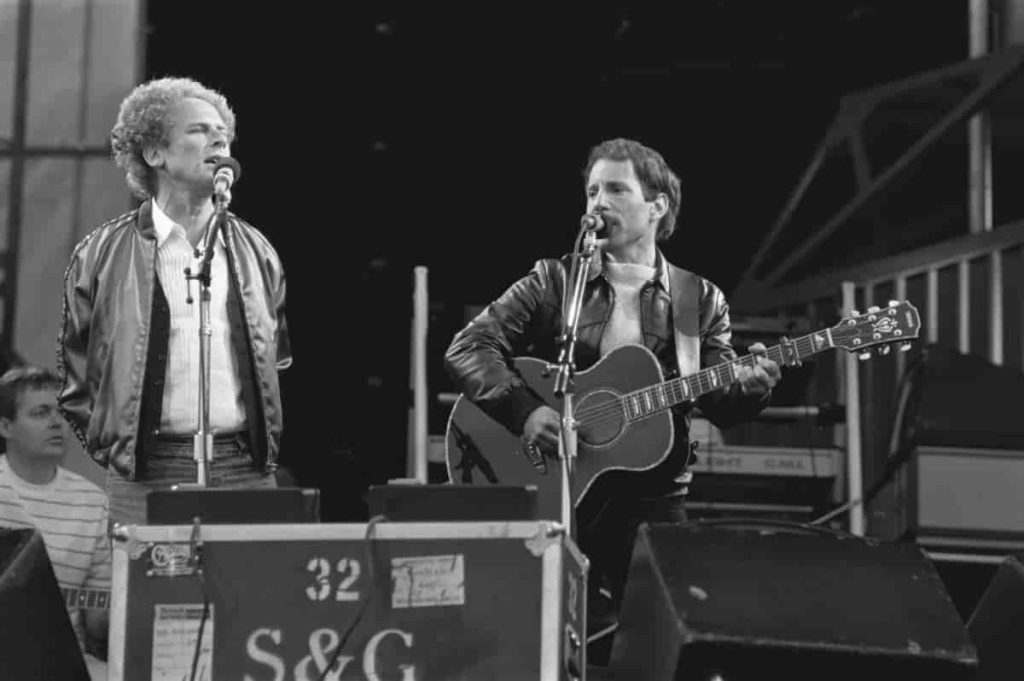
Following the success of “Parsley, Sage, Rosemary and Thyme”, Simon and Garfunkel did not rest on their laurels. Paul Simon, the duo's lyricist and composer, began exploring new musical directions, while Art Garfunkel took a more active role in production. Simon then confided: “We sought to push the boundaries of folk. Each song was a new challenge.”
The period between these two albums was marked by growing tensions between Paul Simon and Art Garfunkel, exacerbated by the pressure to maintain their success. Despite this, their artistic collaboration reached new heights, as evidenced by the creation of “A Hazy Shade of Winter” and “At the Zoo”, two titles that reflect the complexity and depth of their musical evolution.

It was also during this time that the duo solidified their place in the pantheon of popular music, thanks to iconic performances and their contribution to the soundtrack of “The Graduate”. “Mrs. Robinson”, initially composed for this film, became one of their most famous tracks, symbolizing the end of the 60s. Garfunkel remembered: “The success of ‘Mrs. Robinson' was a total surprise. It was like capturing the spirit of an era.”
The period between “Parsley, Sage, Rosemary and Thyme” and “Bookends” was a time of growth, experimentation, and success for Simon and Garfunkel. Despite personal and professional challenges, they managed to create music that still resonates today, testifying to their creative genius and indelible impact on popular music.
The album : Bookends
Released in 1968, Simon and Garfunkel's “Bookends” remains a cornerstone of folk-rock music, showcasing the creative pinnacle of the New York duo. This concept album, exploring themes of youth, aging, and mortality, marked a turning point in the careers of Paul Simon and Art Garfunkel. Through anecdotes from recording sessions and famous quotes, let's dive into the story behind this iconic album.
“Bookends” was shaped in a period of deep introspection for Simon and Garfunkel. The recording sessions, dotted with sound experiments and relentless perfectionism, revealed the complexity of their collaboration. Paul Simon reveals: “Every note of ‘Bookends' was weighed, every sound meticulously considered.” The innovative use of the era's studio technology, as on the track “Save the Life of My Child”, pushed the boundaries of what folk-rock could express.
The album opens and closes with the melancholy of “Bookends Theme”, framing a collection of songs that navigate through innocence, disillusionment, and reflection. “Mrs. Robinson”, which became an anthem for an entire generation thanks to its inclusion in “The Graduate” movie, perfectly illustrates the duo's ability to capture the spirit of their times.
Upon its release, “Bookends” received rave reviews, solidifying Simon and Garfunkel's status as major figures in American music. Critics praised the album's lyrical depth and musical daring, with a reviewer from Les Inrockuptibles noting: “With ‘Bookends', Simon and Garfunkel not only defined an era but also laid the groundwork for the future of folk music.”
More than fifty years after its release, “Bookends” continues to influence musicians around the world. Its artistic integrity and exploration of universal themes of human life still resonate with new generations. The album established a blueprint for future conceptual works, a fact highlighted by Art Garfunkel: “We wanted ‘Bookends' to be more than just a collection of songs, a coherent and profound auditory experience.”
“Bookends” remains a monumental work in the history of popular music, a testament to the genius of Simon and Garfunkel. Through its timeless melodies and poignant lyrics, the album continues to speak to the soul, inviting reflection on the cycles of life. “Bookends” is not just a milestone in their career but a cornerstone of 20th-century musical culture.
The song : America
“America” narrates the journey of a young couple across the country, symbolizing an entire generation's search to find “America”.
The lyrics of “America” are poetic and tinged with melancholy. The line “Cathy, I'm lost, I said though I knew she was sleeping” reveals a deep vulnerability, a moment of introspection shared with a sleeping companion. “Counting the cars on the New Jersey Turnpike, they've all come to look for America” illustrates the journey's monotony but also the hope and determination in this collective quest.
“America” has been covered by numerous artists, underscoring its lasting impact in the music world. Among the notable covers, First Aid Kit's version stands out for its ability to capture the song's essence while bringing a unique touch. These covers demonstrate the universal relevance of the themes Simon and Garfunkel addressed, as well as the timeless beauty of the composition.
David Bowie's cover of “America” in 2001 also deserves mention. Performed at a charity concert following the events of September 11, Bowie's version brings an emotional depth and renewed relevance to the song in a context of national mourning. With his distinctive voice and sensitive rendition, Bowie pays homage to the resilience of the American spirit. This cover is not just a musical tribute to Simon and Garfunkel, but also a powerful message of unity and hope in difficult times. It highlights music's ability to heal and unite, proving once again the universality and timeless strength of “America's” lyrics.
“America” stands out not only for its lyrical richness but also for its significance in Simon and Garfunkel's repertoire. It embodies the spirit of an era and continues to resonate with listeners of all generations, in search of their own “America”.